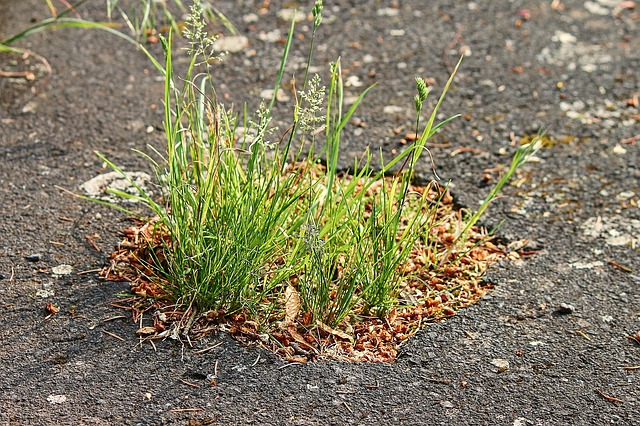Potholes are one of the most common impediments on pavement, and they can be extremely dangerous to vehicles and passengers. The unexpected jolts they cause can structurally damage the automobiles apart from injuring the motorists severely. Therefore, pothole patching becomes crucial, as it promotes a safer and smoother driving experience.
Patching is a widely known pothole repair method that helps get rid of hazardous surface cavities. It offers quick relief from potholes and enables roadways to be fully functional. Besides, it is a cost-effective technique to revive the roads’ appearance and safety.
Common Pothole Patching Techniques
Depending on the urgency and severity of the matter, potholes are repaired using either of the three techniques: throw-and-roll, spray-injection, and semi-permanent.
1. Throw-and-roll
This is the most common approach to pothole repairs and is easier to implement. All you need is a bag of cold asphalt mix and a few minutes of your time. No additional labor or equipment requirements make this technique extremely pocket-friendly.
To repair, start by pouring the asphalt mixture into the hole. Once the pothole is filled, it must be sealed and rolled over — pretty much, as its name suggests. For a smoother finish, tamp down the area using either a handheld tamper or a mechanical compactor. Tractors and bulldozers are often used for enhanced compaction.
The throw-and-roll method offers temporary relief from the potholes, which makes it the best course of action for emergencies but not a long-term fix.
2. Spray-injection patching
 Though this technique can be used for all types of potholes, it is best suited for transverse potholes and cracks — holes caused due to thermal expansion or contraction. The spray-injection technique involves the use of specialized patching equipment.
Though this technique can be used for all types of potholes, it is best suited for transverse potholes and cracks — holes caused due to thermal expansion or contraction. The spray-injection technique involves the use of specialized patching equipment.
Start by removing water and debris from the pothole and cleaning it. Subsequently, pour the asphalt and aggregate into the pothole using a high-pressure injection. Finish by covering it with another layer of aggregate.
What sets this method apart is that it does not require any compaction or tampering down.
3. Semi-permanent
The semi-permanent pothole repair is considered the best method apart from the permanent repair technique. It is a lasting substitute that ensures promising results. That said, it is a slightly complex method that cannot be performed single-handedly — it comes with both additional labor and equipment costs.
To repair a pothole using this method:
- Start by preparing the surface.
- Clean the pothole and its surrounding area.
- Follow by cutting along the holes’ sides neatly — “square-up” the round hole.
- Before further treatment, ensure all four sides of the pavement are intact and without any cracks or damage.
Now, pour the patching material inside and tamper it down using a vibratory roller or plate. Start compacting from the middle and slowly work your way towards the edges.
Conclusion
The three well-known alternatives to the permanent, full-depth solution are the throw-and-roll, spray-injection, and semi-permanent patching techniques. However, a full-depth solution is an industry-standard method that demands expertise and advanced equipment, and it is the only solution to patching the potholes permanently and effectively.
Address
Commonwealth Paving, 136 Outerloop, Louisville, Kentucky 40214
Phone: 502-459-7283, Fax: 502-456-2678
Opening Hours
| Monday | 9:00 AM – 5:00 PM |
| Tuesday | 9:00 AM – 5:00 PM |
| Wednesday | 9:00 AM – 5:00 PM |
| Thursday | 9:00 AM – 5:00 PM |
| Friday | 9:00 AM – 5:00 PM |
| Saturday | Closed |
| Sunday | Closed |







